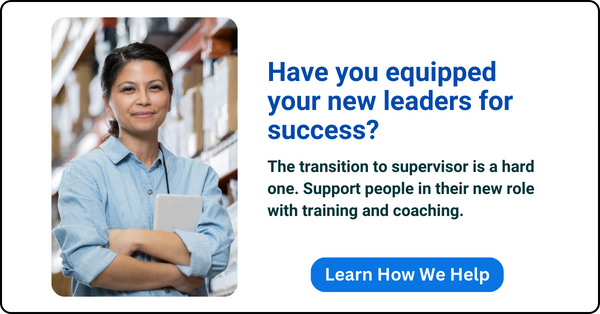If you want to lose weight, you’ve got to change your diet and do more exercise. It’s hard work, but that’s just the way it goes. Everybody knows it.
Still, any time a quick fix diet solution hits the market, hoards of people are ready to jump on the bandwagon.
For each improvement we’d like to see in our lives, there’s almost always two options:
- Easy
- Effective
Easy has a lot of appeal. Remember those advertisements with the easy button? You wanted one, didn’t you?
Poor choices
We want easy at home and easy at work. I’m always surprised by how willing leaders are to deal with serious organizational problems in a superficial way.
There’s no way it will work, but they want to show everyone they’re taking action and order up some quick fix that usually just makes the problem worse.
I know this because for the past 25 years I’ve gotten those calls.
“Hey Tom, you want to come out and do a respect workshop for our employees?”
“I’d be happy to help. First tell me what’s going on,” I suggest.
“Well everyone’s overworked and stressed out. Now they’re snapping at each other. We want to send the message that they shouldn’t do that.”
“I bet they already know snapping isn’t good behavior. Maybe we should figure out why they’re overworked and see if we can’t make some adjustments.”
“Naw, we don’t have time for that. Let’s just do the workshop.”
One thing I know about easy. It’s easy to make a poor choice.
The easy way
About three weeks ago, I found a request for proposal (RFP) online that, based on the title and short description, would have been right up my alley. The goal was to “develop employee’s intrinsic motivation and innovation to energize the employees and increase productivity and engagement.”
It’s too bad the requester had already made a choice, and in my view, it was the wrong one. I’m comfortable to assume the requester nailed the symptoms. Employees were disgruntled and not meeting expectations. Here are the specs spelled out in the RFP:
- A 3.5 hour training session on a date they already specified.
- Teach valuable skills around engagement, strengths, confidence, innovation, and energy.
- Use live theater to illustrate the concepts and skills listed above during the training event.
- Use multiple presenters to ensure the training is engaging; one must have a Masters in education and the other should have two years of theater experience.
- The session must be based on research and adult-learning best practices using the Stringer-Cheloha model.
- The skills and tools provided must be immediately available for use at the learner’s workplace.
No where in the RFP was there a requirement that the problem be quantified. There was nothing about measuring results. And because this was an RFP, I would have no ability to change the specs.
I decided not to waste everyone’s time by responding. I felt bad I wasn’t going to be able to prevent the requester from wasting their time and money.
The effective way
If they wanted to make a difference, I would have suggested another approach.
- I would have wanted to understand what the leaders meant by motivation and innovation. What are or aren’t they seeing in terms of behaviors and why is the current situation a problem?
- I would have wanted to know how they measure productivity and engagement. We would have talked about what level things are at now and what level they think it should be at in the future. Further, we would have set a date for when they want to hit the target.
- Next I would have asked the managers what they think is causing the problem. After that I would have found a way to collect feedback from employees about what they think is causing the problem.
- Once the actual problems were uncovered, I would have engaged people in a process of building viable solutions or offered some based on my experience.
- Together, we would have evaluated those options and turned them into a plan. Note: I can’t imagine a universe in which the right answer would have been a 3.5 hour training session that incorporates live theater and is based on the String-Cheloha model.
- We would have went to work implementing the plan. Then we would have measured the change.
- That change would have been translated into cost savings so that everyone could determine the return they got by taking on the project in the first place.
Alas, someone decided everyone was going to sit through 3.5 hours of training. I’m pretty sure they already know who they’re going to have do it for them. Maybe it will be an entertaining session. Maybe the employees will even say it was a good use of their time.
The odds that it will fix motivation and innovation problems or improve productivity and engagement are slim to none.
Ask the right questions
The next time you’re about to do some training, change the org chart, put everyone through team building, or any one of many common organizational development (OD) interventions, I want you to stop and think about whether you want easy or effective.
If you want the latter, you don’t jump to the intervention until you’ve answered the key questions:
- What’s the problem?
- How do I know it exists?
- What’s it costing us?
- What are my measurable goals?
- What are the underlying causes?
- What are my options for fixing this?
- What’s my plan?
- How will I measure success?
There are no shortage of tools that can be used. I just want you to make better choices when deciding which to use and why you’re taking the action in the first place.


